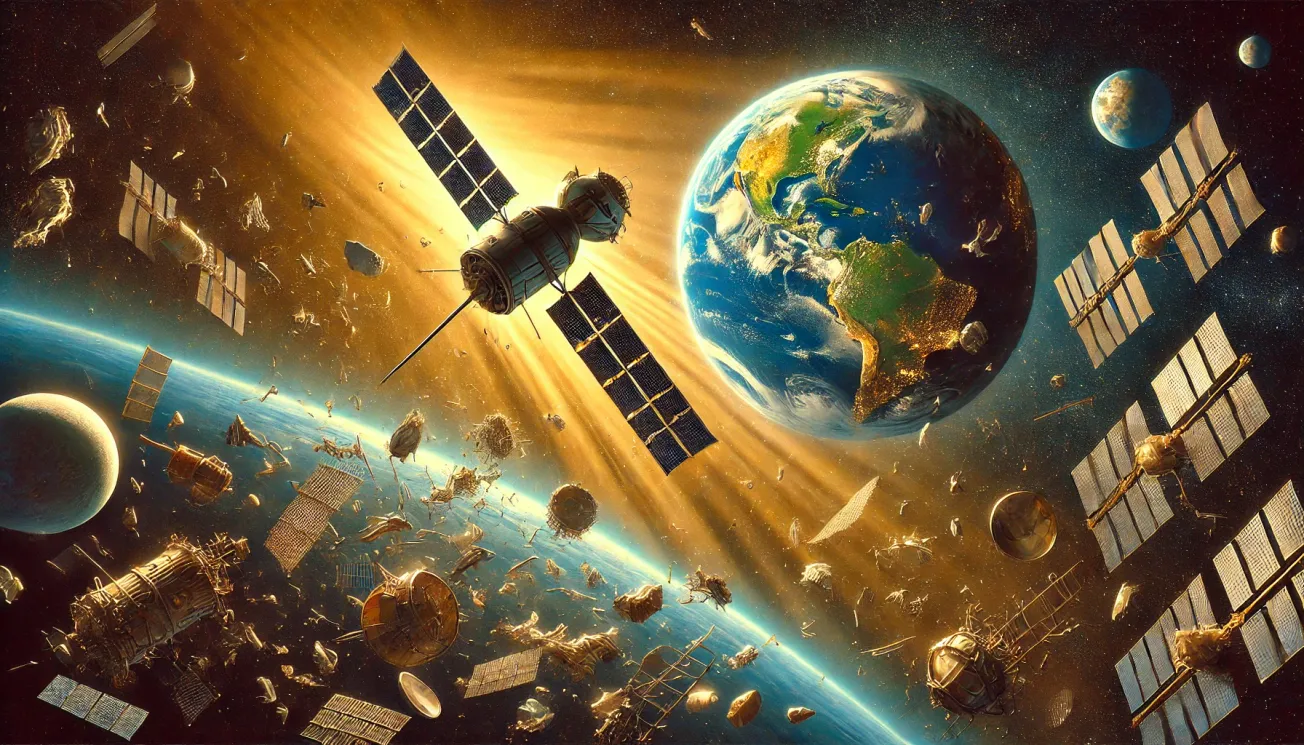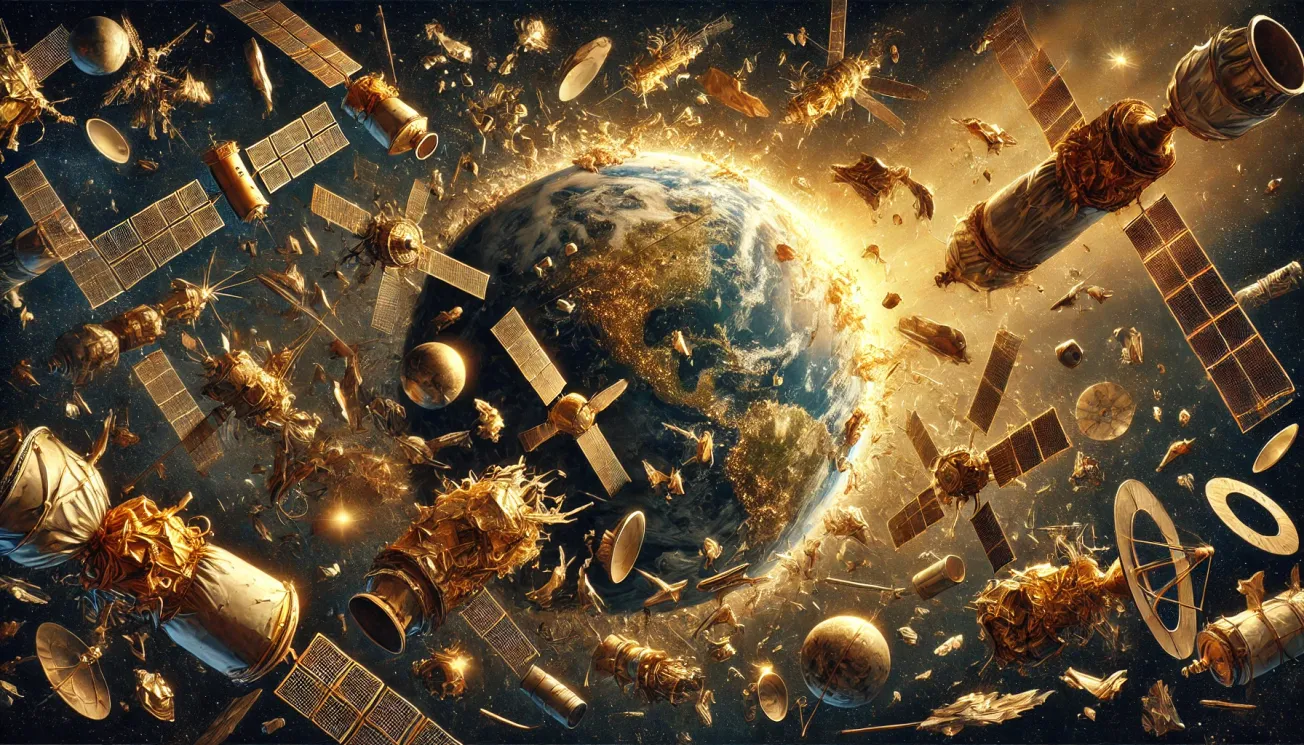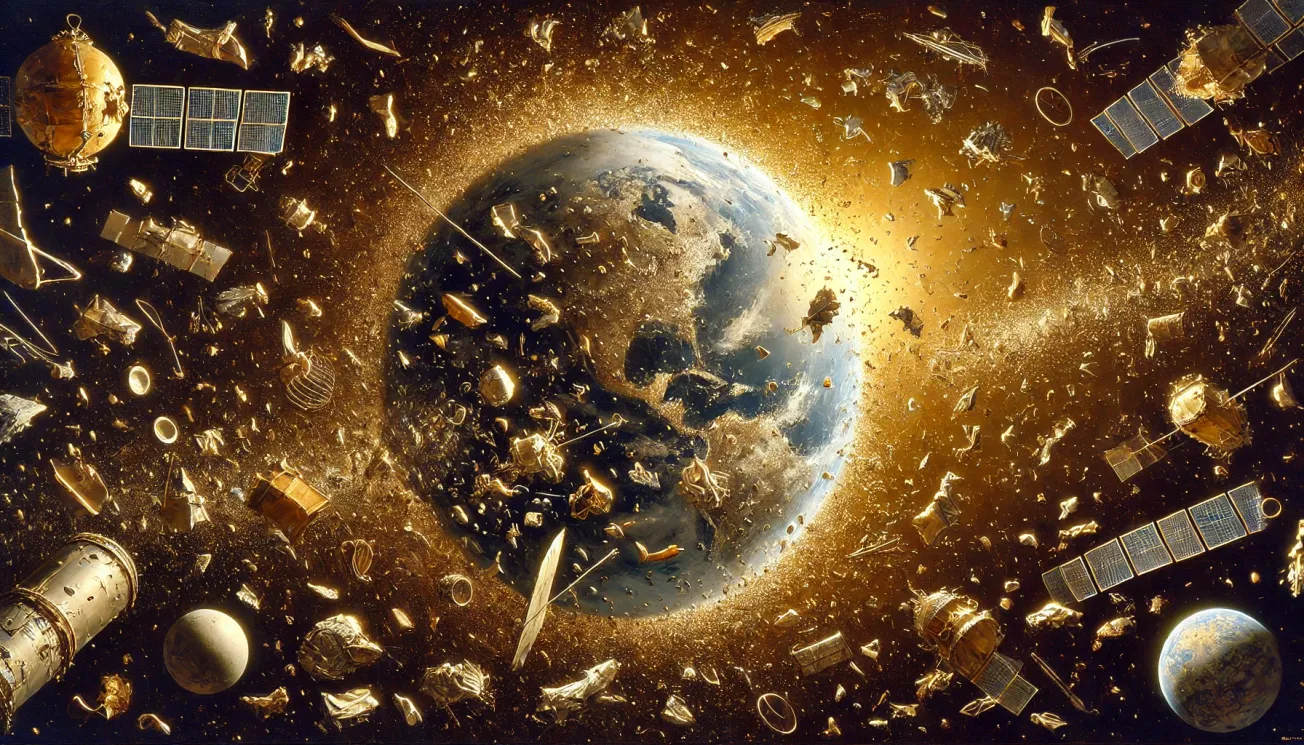Look up tonight. Beyond the gentle glow of stars, satellites silently glide across the sky, powering everything from your smartphone to global navigation. But there’s something else up there—something far less comforting. A half-million pieces of debris, remnants of humanity's unchecked space adventures, orbit Earth, silently threatening everything we depend on.
The Growing Threat Above Us
Right now, more than half a million pieces of space debris orbit Earth, ranging from abandoned satellites and spent rocket parts to microscopic metal fragments. Traveling at speeds up to 17,500 mph, even tiny fragments become lethal missiles. In 2009, this threat became painfully clear when the Russian Cosmos 2251 satellite collided with the operational Iridium 33 satellite, dramatically illustrating the dangers of unchecked debris.
Meet ClearSpace-1: Humanity's First Cleanup Mission
In response, humanity is taking bold action. The ClearSpace-1 mission, launched by the European Space Agency (ESA) and Swiss startup ClearSpace, plans humanity’s first-ever active debris removal by 2026. The goal: capture and remove a large piece of orbiting debris, proving to the world that cleaning our cosmic mess is not only necessary—it’s achievable.
ClearSpace-1’s success would demonstrate crucial technology capable of removing dangerous space debris, paving the path for a safer, cleaner orbital environment.
Why This Matters to You
Space debris is not an abstract issue. Your daily life depends on satellites for everything from GPS navigation and weather forecasts to high-speed internet. One catastrophic collision could jeopardize these critical technologies, creating a cascade of orbital disasters known as the "Kessler Syndrome," potentially trapping humanity on Earth and preventing future space exploration.
ClearSpace-1 Isn't Alone: Global Initiatives in Action
ClearSpace-1 represents a crucial first step—but it's not alone. Across the globe, other ambitious efforts are underway to reclaim our orbital backyard:
- Astroscale (Japan/UK)
Their ELSA-d mission has already successfully demonstrated capturing and removing simulated debris, showcasing real potential for commercial-scale cleanup. - RemoveDEBRIS (Europe/UK)
This pioneering mission tested nets and harpoons for debris capture, proving such methods could reliably remove hazardous space junk. - Orbit Fab (USA)
Creating orbital "gas stations" that enable spacecraft to refuel, extend their life, and reduce the amount of debris created from outdated satellites.
Our Cosmic Responsibility: Preserving the Future
Imagine a future where space remains open, safe, and accessible—where satellites continue enabling instant communication, precise navigation, and technological innovation. Initiatives like ClearSpace-1, Astroscale, and RemoveDEBRIS demonstrate what's possible when humanity takes collective responsibility for preserving our cosmic neighborhood.
Together, we have the opportunity—and the responsibility—to keep space accessible, sustainable, and safe for future generations. The question isn't whether we should act—it's how soon we can.
The time to act is now.









